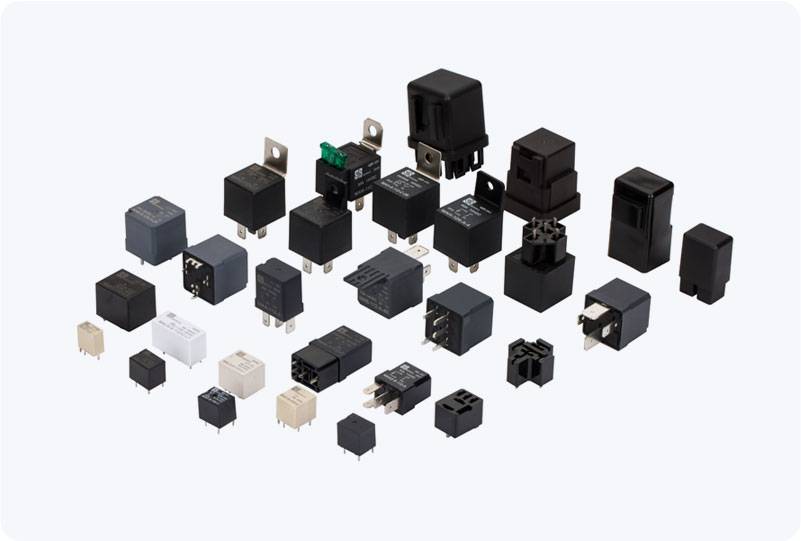Water valves are essential components in plumbing and industrial systems, playing a crucial role in controlling the flow of water. Whether it’s a residential water supply, a large-scale irrigation system, or an industrial pipeline, valves ensure that water is directed, regulated, and controlled efficiently. This article will explore the different types of water valves, their functions, and the diverse applications in which they are used.

What is a Water Valve? A water valve is a mechanical device used to control the flow and pressure of water in a system. It acts as a gatekeeper in plumbing, irrigation, and industrial systems, allowing or preventing the passage of water as needed. Depending on its design and application, a water valve can regulate the amount of water flowing through a pipe, stop water flow entirely, or allow water to flow in one direction only. Types of Water Valves Ball Valve The ball valve is one of the most commonly used types of water valves. It features a hollow, perforated, and pivoting ball to control water flow. When the valve handle is turned, the ball rotates, and the hole in the ball aligns with the pipe, allowing water to pass. Turning the valve further closes the hole, stopping the water flow completely. Ball valves are known for their quick operation and excellent sealing capabilities. They are typically used for applications that require a quick on-off mechanism, such as residential plumbing systems.
Leave a Reply
You must be logged in to post a comment.